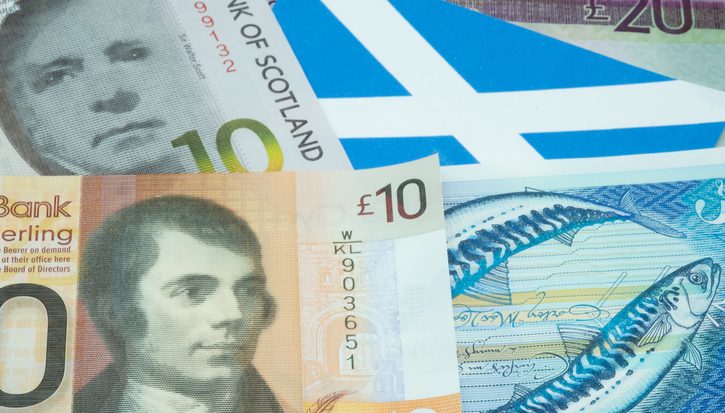Have your cake or eat it? New findings on public attitudes to Brexit (part two)
Article
The UK and the EU are now set to begin the next stage of the Brexit negotiations. The European Council has published its negotiating guidelines for the framework of the future relationship between the UK and the EU, and the UK government has also begun to set out in more detail its proposals for a future partnership after the end of the transition period. Yet there is a fundamental gap between the UK's and the EU's opening negotiating positions.
Critics believe the UK government wants to ‘have its cake and eat it’: the proposals seek both frictionless trade with the EU and a soft Irish border, while at the same time securing a fully independent trade policy; continued free trade in goods and services alongside restriction on the free movement of people; and mutual recognition combined with regulatory divergence. It has been suggested within the EU institutions that these objectives are incompatible, and that the UK will consequently face major trade-offs as the negotiations progress.
This report, based on new polling of public attitudes, explores the public’s preference for different trade scenarios when faced with a number of difficult Brexit trade-offs.
Related items

Resilient by design: Building secure clean energy supply chains
The UK must become more resilient to succeed in a more turbulent world.
Policy credibility and the Scottish Budget

Reclaiming Britain: The nation against ethno-nationalism
How can progressives respond to the increasing ethnonationalist narratives of the political right?